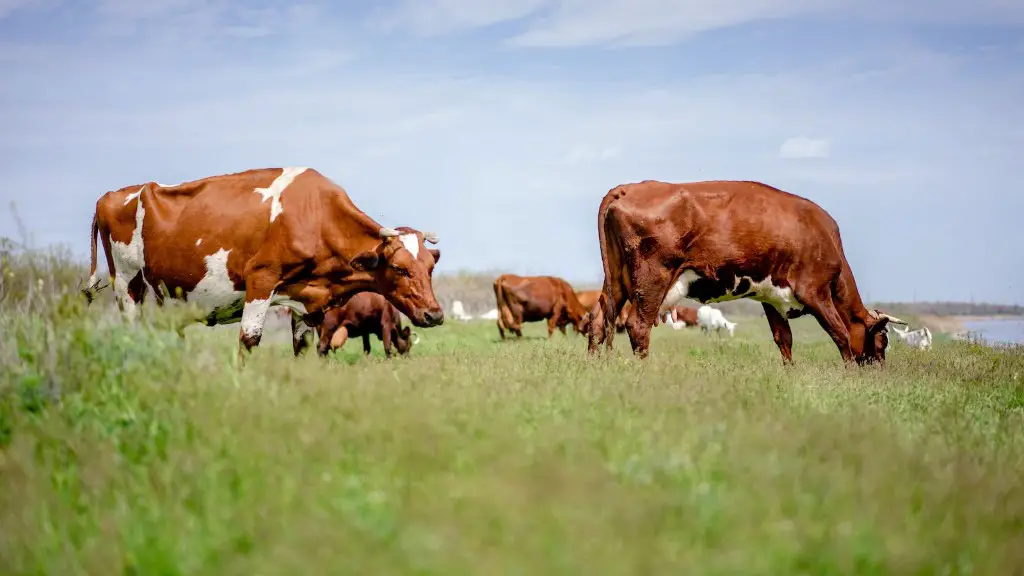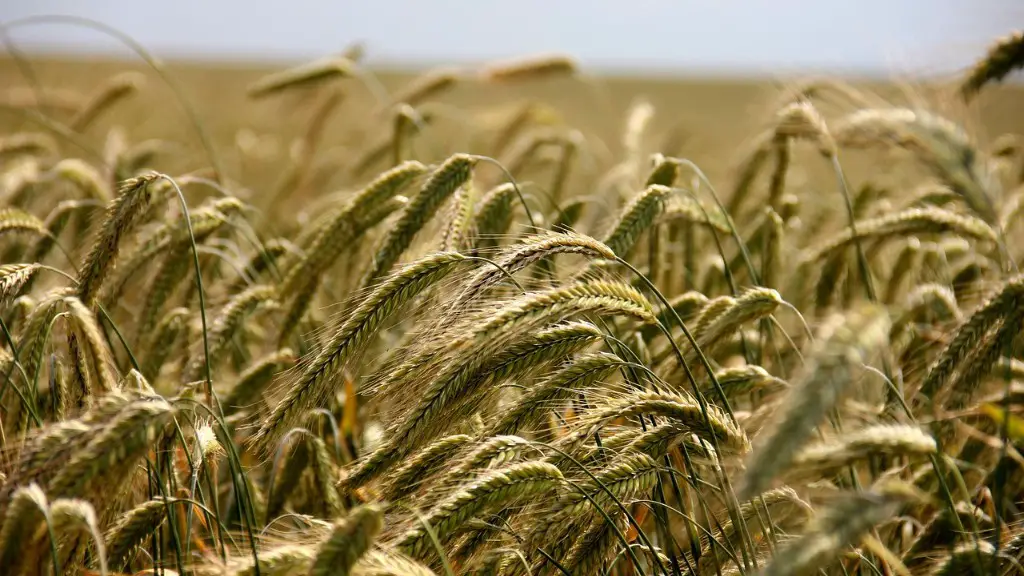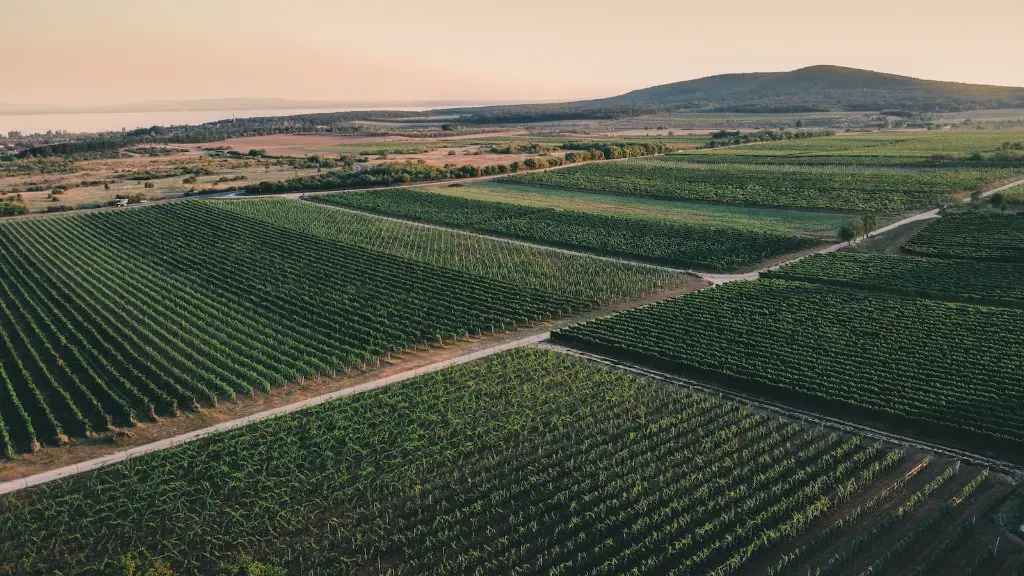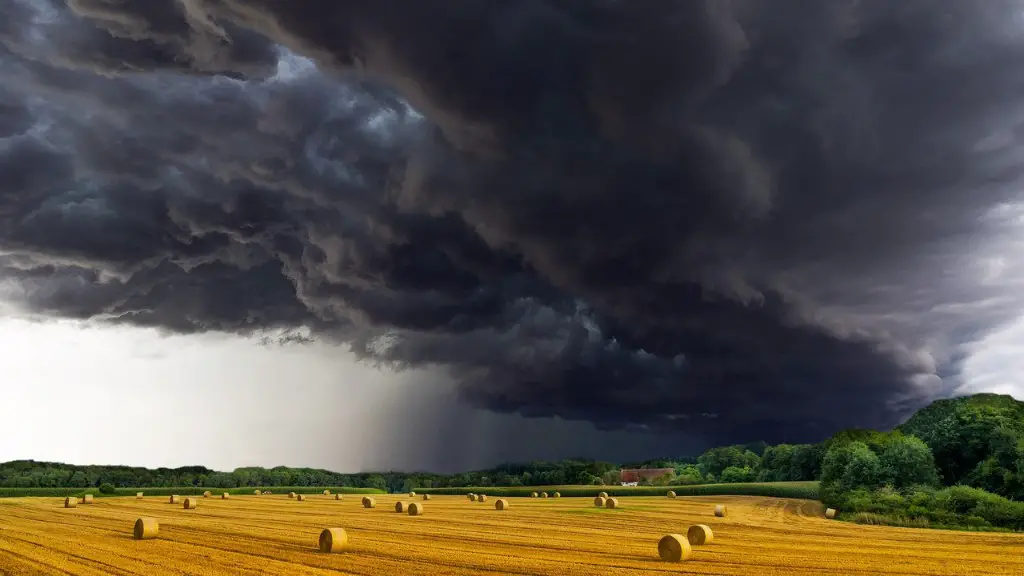The debate as to whether ranching is agriculture has been going on for decades. Many people today may not recognize ranching as an agricultural practice, but a closer look reveals several ways in which it fits into the broader category of agriculture. ranching could be considered a form of crop production, as there are often crops involved in the process. Additionally, ranching involves both animal husbandry and the use of land management practices. This article will discuss the various ways in which ranching might be considered agriculture.
One way that ranching can be classified as agriculture is through its use of animal husbandry. Unlike traditional crop production, ranching involves both the care and raising of animals, primarily cows and sheep. Ranchers must carefully manage and protect their herds, ensuring that the animals are healthy, well-fed, and have ample space to roam. This care requires knowledge of both the animals and their environment, as well as skills at management and controlling the herd size.
In addition to animal husbandry, ranching also requires land management practices. Ranchers must be able to maintain an optimal level of production by controlling the land’s fertility, soil composition, and vegetation. The management of these land resources plays an important role in the sustainability of the ranch, from providing food and water sources for the animals to creating an inviting environment that allows the animals to thrive.
Ranching also has several economic advantages. By running a ranch, a person can produce goods or services that can be sold and traded, providing an income source. Also, ranchers can often save money by using their property and resources to raise animals, such as cows and sheep, for their own use, as well as for the production of goods for market. This makes ranching a highly profitable venture.
Ranching is also an integral part of the agricultural system and can provide many essential benefits to rural communities. For example, ranches can provide food, water, and shelter to wild animals, helping to maintain a balance in the ecosystem. Ranches can also act as important sources of employment and economic stability, helping to keep rural communities alive and thriving.
Overall, ranching should be considered a valid form of agriculture. It involves both animal husbandry and land management practices, provides valuable economic benefits, and helps maintain the sustainability of rural areas. Although some may not recognize ranching as an agricultural practice, the evidence clearly shows it is an important part of the agricultural system.
How Ranches Affect the Environment
Ranching can have both positive and negative impacts on the environment. For example, grazing animals can help with nutrient cycling and soil fertility. However, overgrazing can have devastating consequences, leading to soil erosion, water contamination, and loss of biodiversity. Additionally, animal waste can pollute water sources and lead to eutrophication, potentially leading to algal blooms.
At the same time, ranching does have the potential to improve the environment. Ranches can provide a habitat for wildlife, in addition to providing forage for livestock. Additionally, ranchers can use sound land management practices to make their operations more sustainable. By using conservation-minded strategies, such as rotational grazing and shelterbelts, ranchers can reduce the impacts of grazing on the environment.
Ranches can also use sustainable water resources management, including rainwater harvesting and water reuse. Furthermore, they can take action to reduce their energy consumption, utilizing renewable resources such as solar and wind power. Along with this, they can work to reduce their greenhouse gas emissions, thus helping to combat the effects of climate change.
Finally, ranchers can use their herds to help with the restoration of native ecosystems. By managing their livestock in a more controlled manner, ranchers can help restore grasslands and forests and promote healthy biodiversity. This can be extremely beneficial for the environment, as well as for the ranch itself.
Ranching and Crop Production
Ranching could also be considered a form of crop production. While ranching does involve the raising of animals, it also requires the growing of crops for the animals to eat. Ranchers may grow hay, feed grain, or other crops, depending on the specific needs of their ranch. Additionally, ranchers can use modern technologies to produce higher yields, including using fertilizers, pest management, and genetic engineering.
Crop production on a ranch is highly specialized, as the crops must be tailored to the specific needs of the livestock. In addition to this, the land must be managed to ensure the soil fertility and composition is balanced, as this can affect the quality of the crops. Therefore, ranching could be seen as a form of crop production, as the tasks and land management practices used are similar to those of traditional crop production.
The Pros and Cons of Ranching
Like any other industry, ranching has its positives and negatives. On the one hand, ranching can provide economic opportunities, as well as food and shelter for wildlife. Additionally, when managed properly, it can have positive effects on the environment. On the other hand, overgrazing and improper land management can lead to adverse effects on the environment and wildlife, as well as to economic losses.
Therefore, it is important for ranchers to take a holistic approach to managing their operations. They should strive to maintain a balance between their economic goals and conservation objectives, as well as between their animal husbandry practices and land management efforts. Additionally, they should use sustainable practices to ensure their operations are both productive and sustainable.
Conclusion
All in all, ranching can be considered a valid form of agriculture. It involves both animal husbandry and land management practices, provides a number of economic benefits, and helps maintain the sustainability of rural areas. Moreover, it can have a positive impact on the environment when managed sustainably. Ultimately, it is up to individual ranchers to make sure their operations are both productive and sustainable, as well as respectful of the environment.



